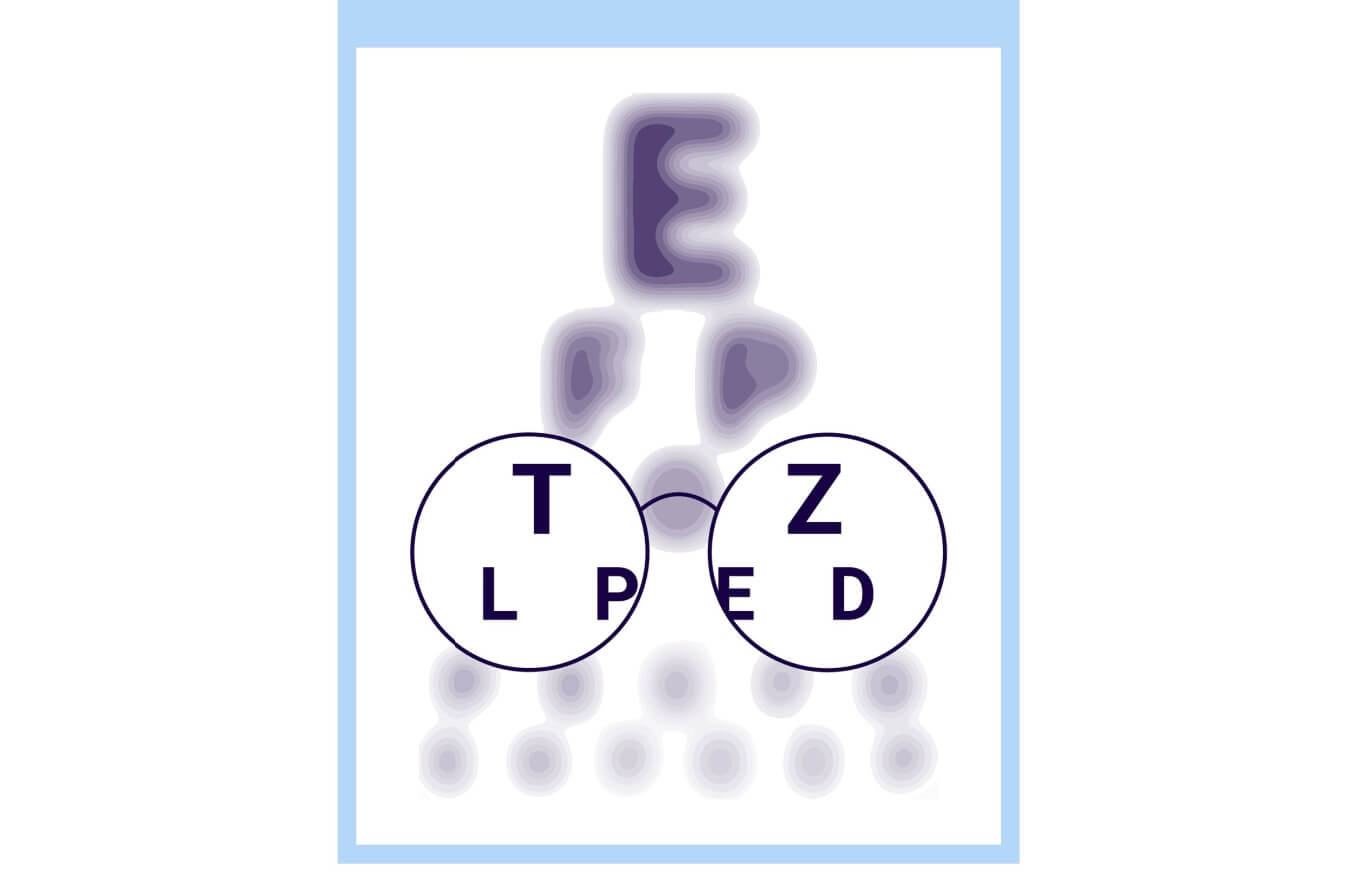What type of lens is used to correct nearsightedness?

Short-sightedness (myopia) is corrected with lenses with “minus power.” The lens 'form' or shape helps the eyes focus light properly. Myopia causes a person to see distant objects as blurry. Prescription glasses or contact lenses can usually correct this blurry distant vision.
The focusing power of an eye with myopia is stronger than a normal eye. It brings light to a focal point in front of the retina, instead of on the retina.
A lens used to correct myopia works by reducing the focusing power of the eye. This is why it is called a "minus power lens" (or "minus lens").
Minus lenses are a concave shape (on the back of the lens). In other words, they are thinnest at the center and thicker at the edge. This lens shape moves the focus of light from in front of the retina directly onto its surface. This shift corrects the blurry distance vision caused by short-sightedness.
The power of a lens that corrects myopia is measured in units called dioptres (D). The lens powers on an glasses prescription for myopia always begin with a minus sign. The higher the power number of the lens, the more myopia it corrects.
For example, a -6.00 D lens corrects twice the amount of myopia as a -3.00 D lens.
High-index lenses are typically recommended for correcting short-sightedness greater than -1.50 dioptres. They are thinner and lighter than regular plastic lenses, so they are more attractive and comfortable.
Also, anti-reflection (AR) coating is highly recommended for lenses that correct short-sightedness. AR coating prevents distracting reflections on the lenses and improves vision and comfort.
In Australia and New Zealand glasses tend to be used more often than contact lenses, they are usually the first line of myopia correction as they are a simple solution. However, contact lenses are also very successful in correcting myopia.
With either option, the most important factor is wearing the correct lens prescription. Regular eye exams are critical to ensure the myopia is not 'undercorrected' as this has been shown to aid in increasing myopia.
For children with progressive myopia, standard glasses and contact lenses may not be the best first choice. The standard prescription lenses used for myopia correction do not help to slow myopia progression.
In these cases, myopia control glasses or contact lenses may be the better option. These specialised lenses are designed specifically to slow myopia progression. They are able to slow the elongation of the eyes, which is the most common cause of myopia progression.
To determine the best vision correction options for your needs, schedule an eye exam with an optometrist near you.
Update and guidance on management of myopia. European Society of Ophthalmology in cooperation with International Myopia Institute. March 2021.
IMI – Defining and classifying myopia: A proposed set of standards for clinical and epidemiologic studies. Investigative Ophthalmology & Visual Science. February 2019.
Page published on Tuesday, 17 March 2020
Page updated on Tuesday, 21 March 2023
Medically reviewed on Thursday, 20 January 2022






